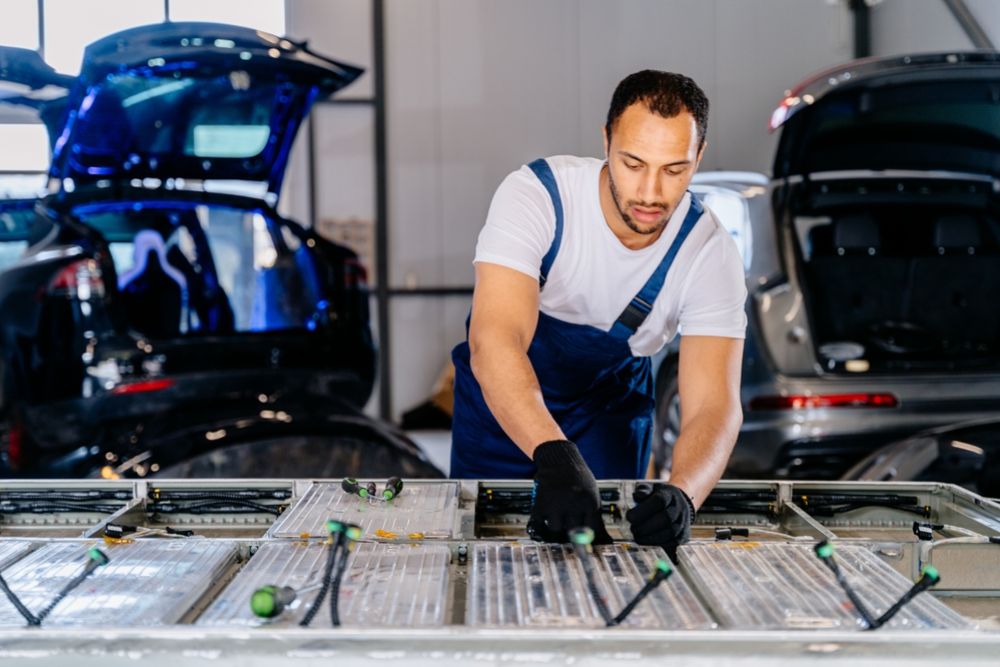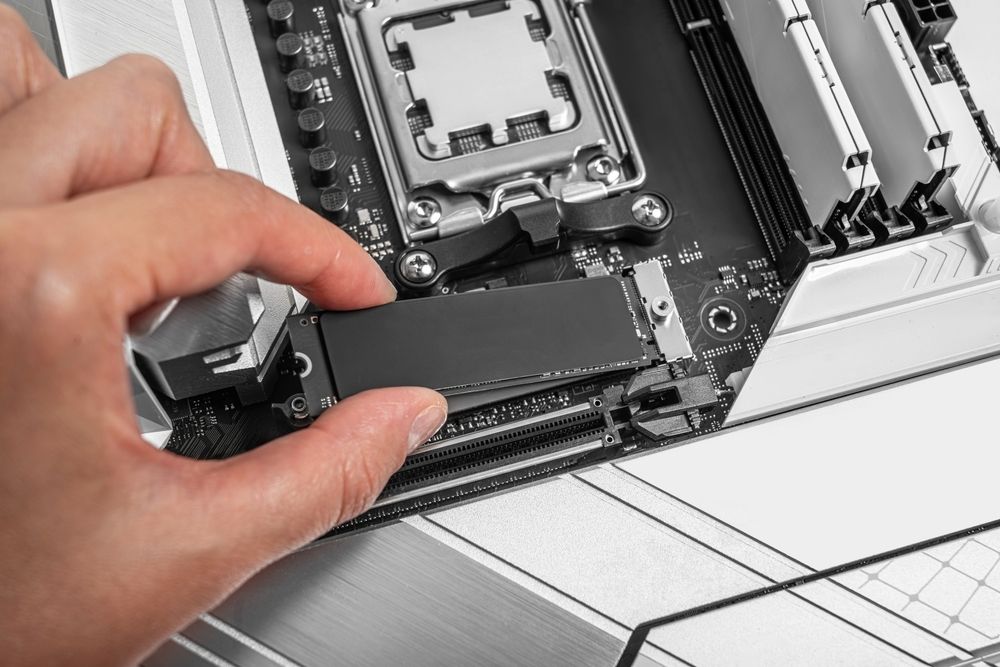The idea of an electric vehicle (EV) requiring little to no maintenance has become a common narrative, sometimes leading to misconceptions about what it really takes to keep one running over the long term. While EVs indeed have fewer mechanical parts than internal combustion engine (ICE) vehicles—no spark plugs, timing belts, or routine oil changes—they are not maintenance-free. However, the differences between EV and traditional car upkeep can be substantial and often lean in the EV driver’s favor. This in-depth guide aims to bust myths about EV maintenance, clarify what truly needs attention (and how often), and provide realistic steps for preserving your electric car’s performance and longevity.
1. Understanding the Basics of EV Maintenance
Why It Matters
You may have heard it said: “Electric cars have no engine, so they need no maintenance.” But while EVs eliminate many typical ICE components, they introduce specialized systems—most notably the battery pack and electronic controllers. Learning how these components function is essential if you want them to last a decade or more without major issues.
Core Components of an EV
- Battery Pack: The heart of the car, storing energy in lithium-ion (or similar) cells. Requires temperature management and occasional checks.
- Electric Motor(s): Convert electrical power into mechanical motion. Generally simpler than ICE engines, with fewer frictional parts.
- Power Electronics: Inverters and chargers that manage power flow between battery, motor, and external charging stations.
- Thermal Management System: Keeps battery and motors within safe operating temperature ranges, using coolant or refrigerant loops.
Contrasts With ICE Vehicles
- No oil changes, spark plugs, or exhaust system fixes.
- Fewer fluid checks (though some EVs use coolant for battery cooling loops).
- Brake wear can be reduced due to regenerative braking, which slows the car by converting kinetic energy back into battery power.
Takeaway
While EVs don’t demand routine oil changes or complicated engine tune-ups, there are still essential tasks—like monitoring battery health, brakes, and software updates—that ensure optimal operation.
2. Myth #1: “EVs Have No Maintenance At All”
The Myth
A popular notion is that EV drivers can effectively skip maintenance visits entirely, except maybe rotating tires. In truth, ignoring periodic checks can shorten your car’s lifespan and compromise performance.
The Reality
- Brakes and Tires: Even though regenerative braking lessens brake wear, calipers can still seize from inactivity, and tires need rotation at typical intervals (e.g., every 5,000–8,000 miles).
- Coolant (Thermal Management): Modern EV battery packs often have liquid-cooled systems, requiring coolant flush or checks to maintain battery temperature regulation.
- Cabin Air Filter: Just like in gas cars, cabin filters trap dust and debris—replace them periodically to preserve air quality.
- Software Updates: These can fix bugs, optimize battery usage, or add new features. Failing to update can lead to suboptimal performance or missed improvements.
Takeaway
While the EV maintenance schedule is simpler compared to ICE vehicles, it isn’t nonexistent. Sticking to manufacturer guidelines for items like brake inspections, fluid checks, and filter replacements keeps your EV running smoothly.
3. Myth #2: “EV Batteries Need Constant Replacements”
The Myth
Some fear that after a few years, the EV’s battery will degrade drastically, forcing an expensive replacement akin to dropping thousands on a new engine. This myth may deter prospective buyers who imagine hefty battery bills looming.
The Reality
- Battery Longevity: EV batteries are engineered to last well beyond the typical ownership cycle for a car. Many manufacturers offer warranties around 8 years or 100,000 miles on battery packs.
- Gradual Degradation: Over time, total capacity might dip—often by just a few percent every couple of years. By the time you lose a significant chunk (say 20–25%), many owners have either upgraded or changed vehicles anyway.
- Maintenance Practices: Keeping the battery typically charged between 20% and 80%—instead of always charging to 100% or depleting to near-zero—can preserve longevity. Using slow or Level 2 charging vs. frequent DC fast-charging is also gentler on cells.
- Replacement Costs Falling: Battery technology has advanced, and costs per kilowatt-hour continue dropping. Even if a battery replacement is necessary, the expense is often far lower now than a decade ago.
Takeaway
Batteries do degrade, but at a slower pace than many assume, especially with good charging habits. Full replacement is relatively rare under normal usage, and by that time, you may be ready for a newer EV model anyway.
4. Myth #3: “No Cost Savings from EV Maintenance”
The Myth
Critics of EVs argue that while you skip oil changes, you pay the difference elsewhere—like expensive battery checks or specialized repairs—thus negating any maintenance savings. However, real-world data suggests a different picture.
The Reality
- Fewer Fluids & Service Visits: ICE vehicles need regular oil changes, transmission fluid checks, spark plug replacements, timing belt intervals, etc. EVs omit or minimize these tasks.
- Brake Wear: Regenerative braking offloads some stress from brake pads, so replacements happen less frequently.
- Potential Software Fixes: Some EV issues are resolved via over-the-air updates, eliminating the need for dealership visits.
- Battery-Related Repairs: If a battery coolant sensor or module fails, that can be pricey. But the incidence rate is typically quite low. Meanwhile, routine mechanical failures seen in ICE engines are absent.
Takeaway
Day-to-day maintenance is often cheaper for EV owners. While specialized repairs can be higher, they occur less often. Overall, total cost of ownership can significantly favor EVs—especially if your car remains trouble-free for battery and electronic components.

5. Myth #4: “EV Mechanics Are Hard to Find or Non-Existent”
Why It Matters
Owners might worry that if something goes wrong, they won’t find a qualified technician to diagnose or repair the car. Gas cars benefit from a wide network of traditional mechanics, but EVs, being newer, may not have the same local coverage—especially in smaller towns.
The Reality
- Growing EV Expertise: Many dealerships (especially from brands like Tesla, Nissan, Chevrolet, etc.) have training programs to handle EV service. Independent shops focusing on EV/hybrid repairs are also emerging.
- Routine Maintenance: For simpler tasks (like tires, brakes, or suspension checks), even conventional mechanics can assist. The specialized part mainly concerns battery or high-voltage system issues.
- Mobile Service: Some EV manufacturers (like Tesla) provide mobile service, sending a technician to your location for minor fixes. This approach often reduces the inconvenience of needing a local specialized shop.
- Extended Warranties: EV powertrain warranties tend to be lengthy, so major battery or motor troubles are often covered by the manufacturer, guiding you to authorized service centers.
Takeaway
While you might not find EV expertise at every corner repair shop yet, specialized services are expanding fast. Basic maintenance is well within the reach of many mechanics, and for major issues, manufacturer or specialty shops have you covered.
6. Myth #5: “EVs Degrade Quickly If Not Driven Constantly”
Why It Matters
Some owners fear that leaving an EV parked for weeks or months—like if they’re traveling or have a seasonal driving pattern—will severely damage the battery or hamper future performance.
The Reality
- Self-Discharge: EV batteries do lose charge over extended idle periods, but typically at a modest rate (maybe a few percent a week).
- Storage Practices: If you need to store your EV for weeks, aim to leave the battery around 50%–60% charge in a moderate temperature environment to reduce stress on the cells.
- Software and Battery BMS: Modern Battery Management Systems can protect the battery from extreme draining. Some have deep-sleep modes or automatic switching to preserve battery health.
Takeaway
Long-term inactivity doesn’t automatically degrade your EV. Following recommended storage guidelines—like partial charge, moderate temperature—ensures your EV remains stable until you’re back on the road.
7. Maintaining Healthy Battery Habits
Why It Matters
Because the battery is the heart of an EV, focusing on how you charge and store the car can maximize battery health. Overly frequent fast-charging or always charging to 100% can degrade capacity over time.
Proactive Routines
- Partial Charging: Aim to charge up to around 80% daily, unless you need full range for a long trip.
- Avoid Deep Discharges: Try not to let the state of charge dip under ~10% too frequently, which can strain cells.
- Temperature Control: Extreme heat or cold can degrade lithium-ion cells. Parking in shaded or climate-controlled areas helps.
- Use Scheduled Charging: Many EVs let you time charging for off-peak hours, saving on electricity bills and controlling how long the car stays at high or low states of charge.
Takeaway
Practicing mindful charging habits can add years to your battery’s life and preserve maximum range, thus minimizing the chance of unexpected battery issues.
8. Final Thoughts on EV Maintenance
Why It Matters
Owning an EV means a shift in what you worry about. Instead of routine oil changes or timing belts, your attention goes to battery health, software updates, and simpler but still essential checks like tire inflation. By dispelling myths that EVs require either no upkeep or are unbearably expensive to service, you gain a realistic outlook that positions EVs as a generally simpler, often cheaper long-term ownership experience.
Closing Points
- Keep an Eye on Warranties: Make sure you know the coverage for your battery and motor. Some manufacturers extend up to 8 or 10 years.
- Stay Informed: EV technology is advancing rapidly, so remain open to new best practices or software upgrades that enhance range or reliability.
- Respect Safety Protocols: High-voltage systems mean you shouldn’t tinker with certain components unless you’re specifically trained. Let professionals handle battery or electrical repairs.
- Enjoy the Simplicity: Freed from spark plug changes and frequent oil swaps, you can appreciate the quieter, lower-maintenance aspect of electric driving.
Takeaway
While no car is truly maintenance-free, EVs genuinely require fewer tune-ups than their gas counterparts. By focusing on battery care, staying updated on software, and not neglecting standard auto maintenance items like tires or brakes, you can keep your EV gliding along reliably for years. Dispelling myths around expensive or complicated repairs, the reality is that many daily costs and maintenance tasks are simpler or cheaper with an electric powertrain. If you approach EV ownership with some basic diligence, you’ll enjoy the perks of smoother drives, fewer mechanical headaches, and the pride of driving a more environmentally friendly ride.





